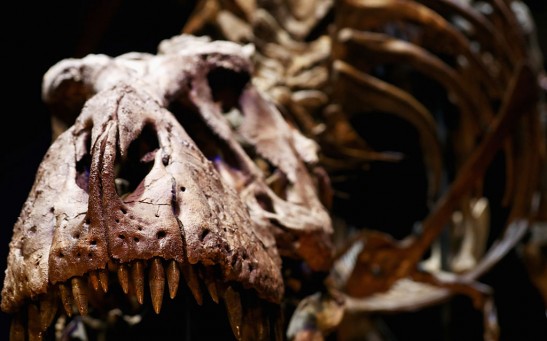Predators

What Eats Jellyfish? Here Are the Primary Predators of These Marine Invertebrates

75-Million-Year-Old Fossil of a Juvenile Tyrannosaur Revealed Its Last Meal Was Two Baby Dinosaurs, Shedding Light on How These Predators Lived
170-Million-Year-Old Fossils Reveal Oldest Mega-Predatory Pliosaur, Offer Insight Into Prehistoric Marine Evolution

Newly Identified 'Margarita' Snail Has Odd Bright Yellow Hue That Could Help Shoo Predators Away, Was Named After Popular Cocktail
Camouflaged Predators of the Deep: Ultra-Black Eels' Evolutionary Strategy Revealed
Deadlier Than Sharks: Humans Are More Dangerous Than Natural Predators

Tiny Spider Copies Ant Walk, Blends With Surroundings To Protect Itself Against Predators

Fat Analysis on Killer Whales Reveals What These Marine Predators Eat, Study Says

Pair of 10-Foot Carpet Pythons Captured on Video; Snakes Caught on Cam Writhing on the Floor, Grappling Each Other

Pod of Dolphins Saved Swimmer from a Lurking 6-Foot Great White Shark: Why Are These Predators Afraid From Those Marine Mammals?
Bioflorescence in Lumpfish Explained in New Study and How They are Used to Keep Predators Away
Megalodons Are Cannibals? Giant Sharks Ate Ancient Food, Possibly Including Predators

Butterflies Can Break Off Wing Tails Easily to Escape Predators, Study Suggests

Why Do Fishes Rub on Sharks? Intriguing Behavior May Have Ecological Function
Most Popular

How Technology Is Changing the Real Estate Industry?

How a Plant-Based Diet Can Protect Against Breast Cancer: Insights from Nutrition Research

Study Reveals High Turnover in Scientific Research Careers: What This Means for Future Scientists

Why It's So Difficult to Lose Weight: The Biological Explanation Behind Obesity






